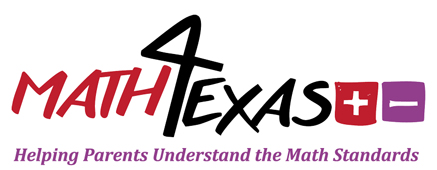In Fourth Grade
-
Fourth grade students identified points, lines, line segments, rays, angles, parallel lines, perpendicular lines, one of more lines of symmetry, and solved problems involving perimeter and area.
Students also classified two-dimensional figures based on the presence or absence of parallel lines, perpendicular lines, or angles of a specified size, identify rights, acute, and obtuse triangles based on their knowledge of right angles, and used a protractor to measure angles.
In fourth grade, students solved problems related to length, intervals of time, liquid volumes, mass, and money as well as identified measurement sizes in metric and customary systems, and converted measurements within the same measurement system.
In Fifth Grade
-
Fifth grade students will represent and solve problems involving perimeter, area, and volume as well as calculate conversions with the customary or metric system. Students will also determine the volume of a rectangular prism, recognize the volume of one cubic unit, and classify two-dimensional figures in a hierarchy of sets and subsets using graphic organizers based on their attributes and properties.
In Sixth Grade
-
Sixth grade students will convert units within a measurement system using proportions and unit rates. Students will extend their knowledge about triangles to find the sum and measures of angles and the lengths of sides to form a triangle. Students will model and solve area formulas for parallelograms, trapezoids, and triangles as well as write equations. Graphing using the four quadrants of a coordinate plane is also introduced.







